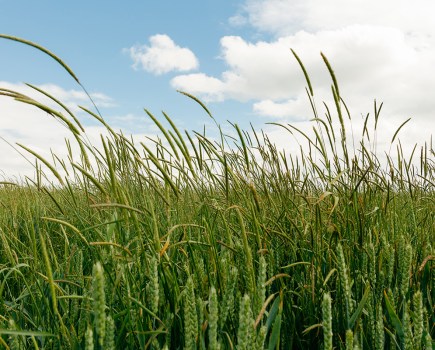 It’s not a new idea that if farmers across the world agreed to use less fertiliser it could cause a triple win. While all three of these ‘wins’ are arguable, they make for an interesting triumvirate.
It’s not a new idea that if farmers across the world agreed to use less fertiliser it could cause a triple win. While all three of these ‘wins’ are arguable, they make for an interesting triumvirate.
The first gain would be a benefit for the environment, with less CO2 produced during fertiliser manufacture, along with a reduced risk of pollution from its use.
Secondly, it would be good for farmers pockets by reducing overall expenditure. With current runaway prices any significant price cut will mean considerable on-farm savings.
Thirdly, this decline in fertiliser use could boost grain prices. By reducing crop output it would push the supply and demand equation into the producer’s favour, akin to the OPEC model whereby producers of a commodity seek to control its price by manipulating production.
Of course GPEC (Grain Producer Exporting Countries) will probably never exist, for a number of reasons. But if production reduces then the invisible hand of the market will surely pull the strings.
In light of this, the question is how many of us are contemplating a significant reduction in our fertiliser use this coming season? Will prices in excess of £600/t for AN cause many of us to rethink the rates, or maybe even walk away from cereals and oilseeds altogether, in favour of pulses?
When it comes to mitigating environmental impact, let’s be honest, although most of us do our bit to use fertiliser judiciously and carefully, our record when it comes to putting environmental considerations before yield and profit margin is not a good one.
Of course that is not to say farmers throw artificial fertiliser about for their own amusement. The simple fact is you won’t feed a world population of eight billion without it. Some studies suggest you would barely provide enough food for four billion.
But the idea that we could be better off through improved grain prices, by spending less on our crops, is an intriguing one.
It’s interesting to hear advice that if fertiliser prices stay at their high level then the agronomy suggests we should use less. But the joker card in this business management equation is what grain price do you factor in?
This is the real conundrum. On the one hand the higher the price of fertiliser the more it makes sense to reduce its use, while on the other side of the equation the higher the grain price the more it makes sense to increase the nitrogen to gain from the extra yield.
This Catch 22 is something we all face. The more we reduce our fertiliser use, the lower the production, meaning the higher the price, which in turn justifies more fertiliser use, which in turn increases production, which in turn reduces the grain price – and so the circular thought process goes on, until you start feeling dizzy.
On that note I’ll wish you a Merry Christmas and a Happy New Year. Wheat at £200/t-plus for harvest 2022. What could possibly go wrong!
Guy Smith grows 500ha of combinable crops on the north east Essex coast, namely St. Osyth Marsh –– officially the driest spot in the British Isles. Despite spurious claims from others that their farms are actually drier, he points out that his farm is in the Guinness Book of Records, whereas others aren’t. End of.




